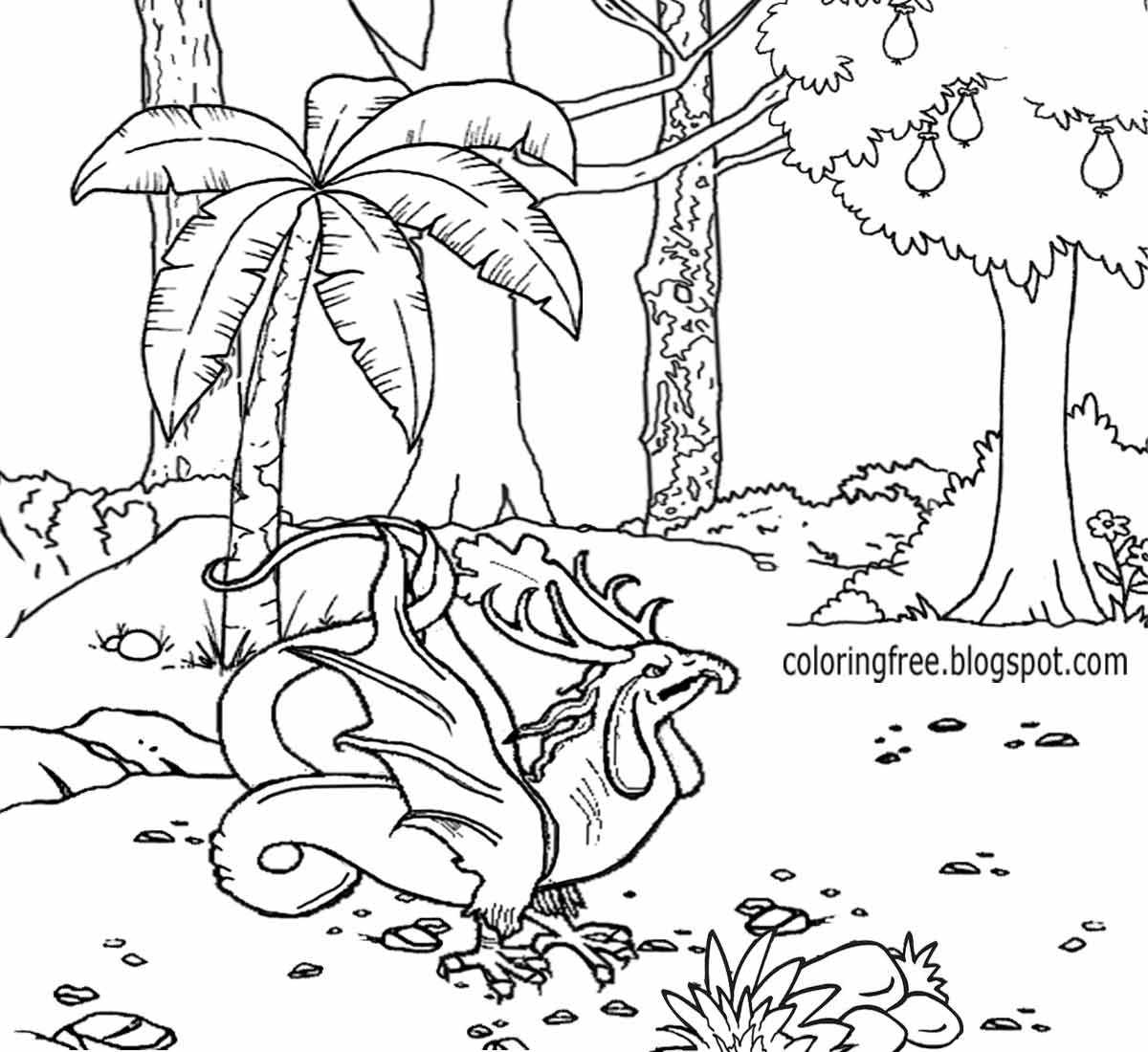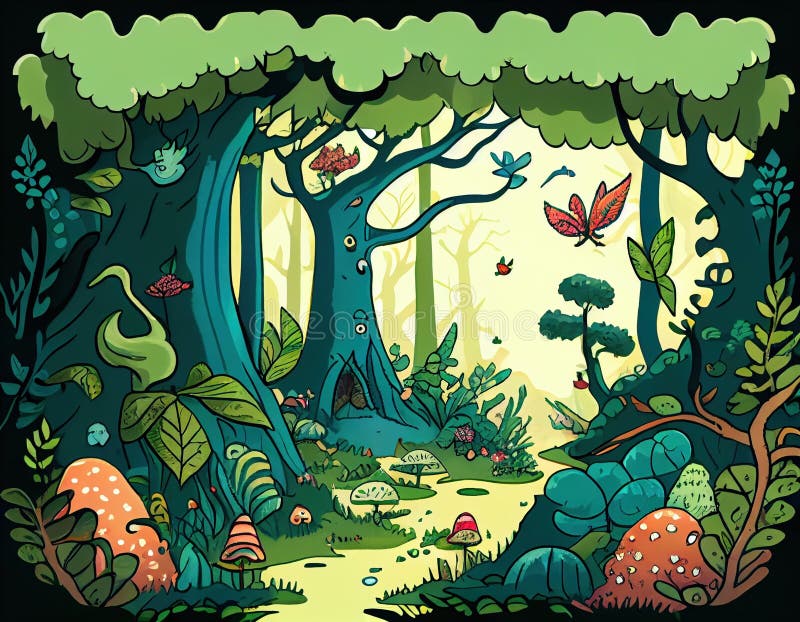

Irish folklore told of the leprechaun, an often grumpy, mischief-prone subtype of fairy. But as varied as their origin and evolution may be, the mythos we have created around trolls often touches on the same theme – a fear of those unlike ourselves.Įven before the term “fairy” (alternatively spelled “faerie” or “faery”) entered the lexicon during the Middle Ages in Europe, different versions of the creature already existed in tales being passed down in regions around the world in both literature and oral traditions.

Today, trolls have pushed well beyond Norse mythology and Scandinavian folklore, and have become recurring characters in fantasy films, literature, role-playing games and yes, on toy store shelves. Meanwhile, her mischievous sons, the 13 Yule Lads, started out with backstories of torment as well, but now enjoy a more pleasant reputation. Stories are told of Grýla descending from her frigid mountain lair every December to snatch up naughty boys and girls and devour them in a stew. If there’s one in particular that strikes fear in the hearts of children, however, it’s Grýla, the Icelandic troll woman said to terrorize families during the jolliest time of year – Christmas.

But they have been described as being perfect thieves, entering homes under a cloak of invisibility to steal food and cause other mischief. There’s some disagreement as to whether the trolls of lore were all bad.
#MAGICAL FOREST CREATURES SKIN#
These were described as being even uglier, with stubby limbs, fat bellies and slime-covered skin from all the time spent below the Earth’s surface. Still, in different regional stories were trolls who made their homes deep in underground caves. In other tales, these brutish creatures dwelled in the mountains and boasted overstated facial features that mirrored that of a stereotypical Neanderthal. Certain landmarks in Norway are even said to have formed from a troll that got caught out in the sun.
.jpg)
In these stories, they occupied castles, emerging only at night because exposure to sunlight meant either a horrifying death or a life forever suspended in stone. In traditional mythology, these monstrous, somewhat humanoid beings were not so cheerful, and actually quite hostile. Trolls’ roots in Scandinavian folklore, however, tell a different story. If contemporary popular culture is to be believed, trolls are small, happy-go-lucky creatures with colorful hair who break into song and dance sporadically. The darkness under the stairs or off the path in the forest or in our neighbor’s heart.” There are things that are bigger than us that we glimpse and things that we cannot even conceive: things that are, in any case, beyond our control. “If I had to sum it up, though, I’d say they teach us modesty. “ uphold morality, enforce taboos, connect to divinity, warn against dangers and, most importantly, entertain,” Young says. The mythical creatures found in folklore do a lot of different jobs, says Simon Young, a British historian of folklore and co-editor/co-author of the book Magical Folk: British and Irish Fairies, 500 AD to the Present. In the show, these creatures are feared – and humans restrict their freedoms because of it.
#MAGICAL FOREST CREATURES SERIES#
In the case of Amazon Prime Video’s fantasy noir series Carnival Row, for example, viewers are introduced to a world in which fabled beings like faeries and fauns live as “immigrants” amongst humans in a war-torn land. Even today, legendary beasts and beings continue to captivate us as stories of old receive contemporary updates in books, movies and on television.


 0 kommentar(er)
0 kommentar(er)
